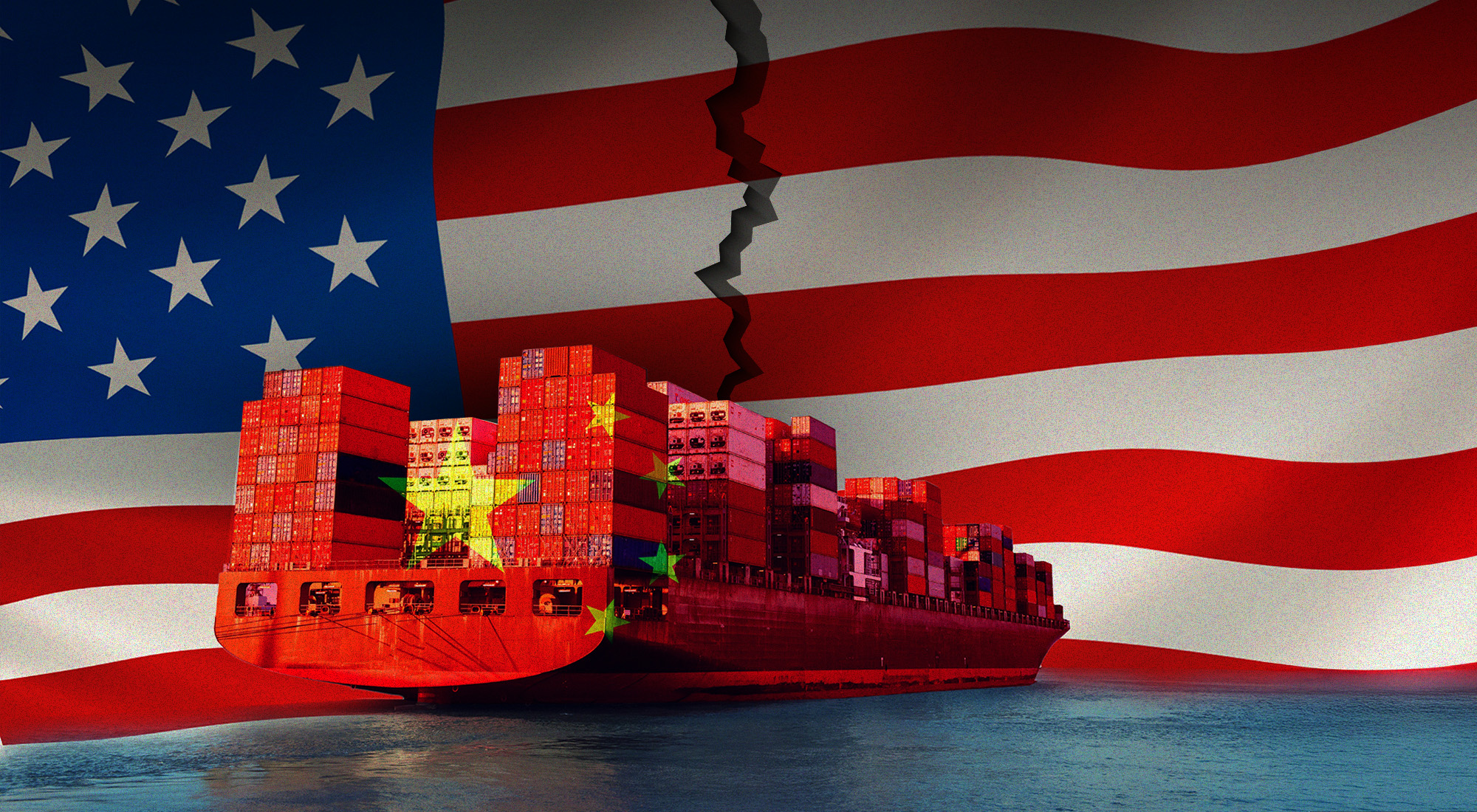S&P 500 Rises Amidst Trade War Turbulence
The Standard & Poor’s (S&P) 500 index has seen an upward trend of around 4 percent in the current week as Wall Street navigates through the complexity and unpredictability of international tariffs and various other pivotal issues that exhibit a possible change every day. Investors appear to be banking on an optimistic outlook spurred by signs of declining trade conflict. On Friday, the leader of a U.S. trade organization operating in China hinted at a potential relaxation in China’s fierce 125 percent backlash tariffs on American goods.
Michael Hart, the president of the American Chamber of Commerce in China, indicated that the Chinese commerce ministry is exploring a possible exemption for a certain set of U.S. imports that remain critical for maintaining supply chains and are presently at the mercy of China’s new trade restrictions. According to Hart, some corporations may face significant impact to their operational model in China, and we might observe their departure from the Chinese market if this trade standoff further escalates.
The S&P 500, indicating a fairly stable performance as Friday’s trading session commenced, reported an impressive hike of approximately 4 percent by the week’s end. However, the index has still seen a significant decrease since President Trump resumed office. Over the past few days, the stock market has witnessed considerable fluctuations with Wall Street constantly adjusting to changing market cues on tariffs, trade, and other important issues that tend to vary daily.
In a separate development on Friday, despite claims of ongoing U.S.-China trade negotiations by President Trump, the Chinese government clarified its position by asserting that it was not involved in any such dialogue with Washington officials. Asian markets predominantly reported an upswing, with the Japanese Nikkei 225 Index surging by 1.8 percent and Taiwan’s benchmark index on an upward climb of 2 percent. European markets too echoed similar growth.
Late in the week, various Chinese media platforms and online social networks were buzzing with rumors alleging Beijing’s decision to exclude certain semiconductor products, manufactured in the United States, from its punitive tariffs. However, these reports await confirmation as the Chinese government has yet to make an official announcement.
On the U.S. front, executives of companies catering to the consumer market have expressed concerns regarding the slowdown in global economic growth and how it is affecting consumer spending patterns. Just this Thursday, PepsiCo revised its annual projection downwards, pointing to slow consumer spending and the repercussions of escalating global tariffs.
Another major consumer goods company, Procter & Gamble, known for everyday commodities like Tide detergent, also decreased its annual forecast. The company cited the unpredictability around tariff policies as one of the reasons that has led to a temporary stagnation in consumption.
In positive news, Alphabet’s stocks, Google’s parent group, were observed to be on the rise, achieving around a 3 percent increase in the early hours of Friday trading. Meanwhile, the interest rate on 10-year Treasury bonds experienced a slight dip of three basis points, positioning at 4.27 percent.
Commodity markets experienced some instability with Brent crude futures losing about 1 percent, taking its value under $66 per barrel. In contrast, the bullion market experienced unprecedented momentum, as the price of Gold continued to drop, falling below $3,300 after briefly hitting a record high of $3,500 per ounce early in the week.
Investors all over the globe are keeping a keen eye on further developments. Not just the fluctuating market indices but also the geopolitical tensions over trade negotiations could impact the global economy. It’s a delicate web of connected factors – international trade, revenues of multinational companies and global stock markets.
As the S&P 500 index remains in the green, for the week, amidst the whirlwind of changing tariff policies and trade barriers, it calls to question how long the corporations will be able to sustain such a volatile economic environment.
Global markets are in quite a state of flux at the moment, and changes occur almost daily. From Asia to Europe, all the sectoral indices are watching the movements happening in the U.S. and China very closely, trying to predict the outcomes of these economic adjustments.
One important conclusion that can be drawn is the growing interdependence between nations. A change of policy or a tariff adjustment in one part of the world can trigger a global chain reaction, either positive or negative. Market players are adapting on the fly, adjusting their investment strategies and business models in response.
The world is being reminded, once again, the interconnectedness of its economies. These ebbs and flows in the global economic outlook could just be temporary, but for now, a static economy seems to be a thing of the past.

